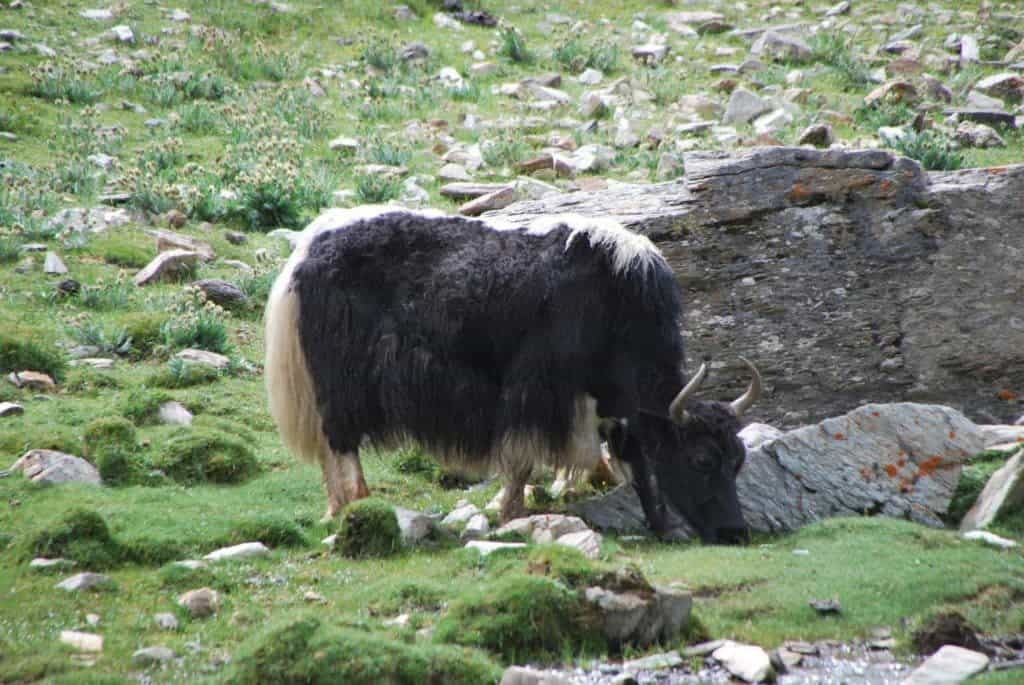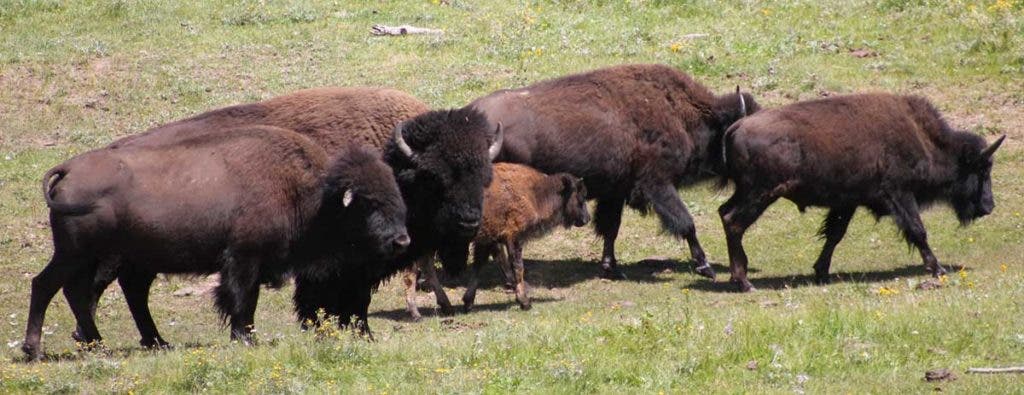
In the history of mankind, few things have been as influential as domestication. Whether it’s plant or animal domestication, this process has enabled our species to lay the foundation of what we now call society. Having access to a reliable source of nutrients enabled settlements to develop and thrive.
The earliest known human attempts at plant domestication occurred in the Middle East, some 11,000 years ago. However, the domestication of grain plants became much more common 7,000-5,000 years ago, in river valleys and grasslands all around the world. That process was driven by the domestication of grazing animals, a new study concludes.
It’s not exactly surprising. It’s been known for quite a while that many familiar grains have common traits suggesting that they coevolved to be dispersed by large grazing mammals. Essentially, the changes in the plant biomes were driven by changes in animal behavior — which themselves were driven by domestication.
Robert Spengler, director of the Paleoethnobotany Laboratories at the Max Planck Institute for the Science of Human History, and Natalie Mueller, a National Science Foundation fellow at Cornell University, write that the progenitors of small-seeded crops evolved to be dispersed by domesticated animals. They looked at the herbivory patterns and the rangeland these herbivores would have inhabited. Although these wild varieties now only grow in isolated patches, these patches are much more common near rivers or other areas that animals were more likely to frequent. Growing in patches also made harvesting them easier for early human populations.
The study was carried out in North America, where, for a long time, the domestication of plants wasn’t well understood. The missing puzzle piece was bison. As the massive bison herds moved throughout North America, they dispersed these plants in relatively compact areas, leaving a trail of vegetation behind them. But as the European populations slaughtered the bison, the plant populations also started to dwindle.
[Also Read: How megafauna and humans shaped the apple’s domestication]

However, this process wasn’t restricted only to North America. Elsewhere in the world, other grazers also helped spread certain plant populations, something which humans took advantage of. As domesticated animals became more and more common, they also played a selective role.
“Small-seeded annuals were domesticated in most areas of the world,” explains Spengler. “So the ramifications of this study are global-scale. Scholars all over the world will need to grapple with these ideas if they want to pursue questions of domestication.”
For decades, researchers have debated why early human foragers preferred small-seeded annual plants as a major food source (which ultimately led to their domestication). The fact that these plants would have been easy to harvest and preferable by animals probably contributed to their ultimate domestication.
Now, researchers want to further analyze this idea and see how other ruminant megafauna contributed to the distribution and domestication of plants all around the world.
“Currently, we’re studying the ecology of fields where modern herd animals graze as proxies to what the ecology would have looked like during the last Ice Age, when large herds of bison, mammoths, and wooly horses dictated what kinds of plants could grow across the American Midwest and Europe,” explains Spengler. “We hope these observations will provide even greater insight into the process of domestication all over the world.”
The study was published in Nature Plants.


